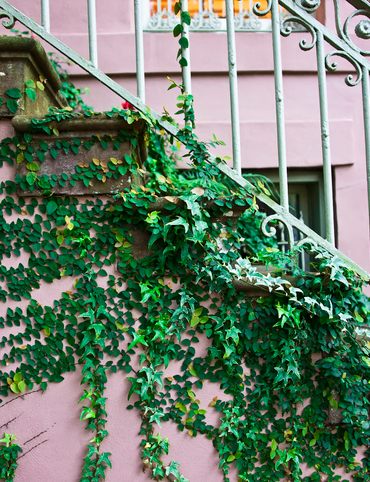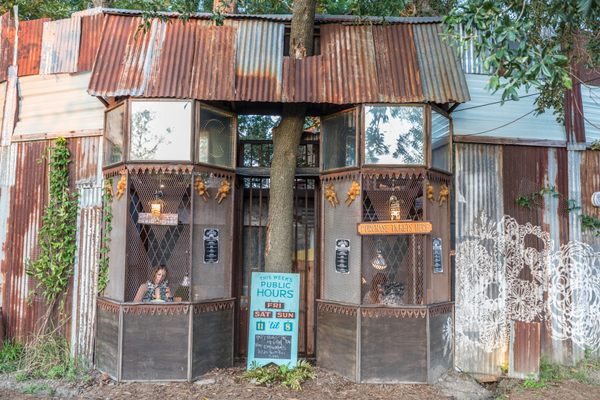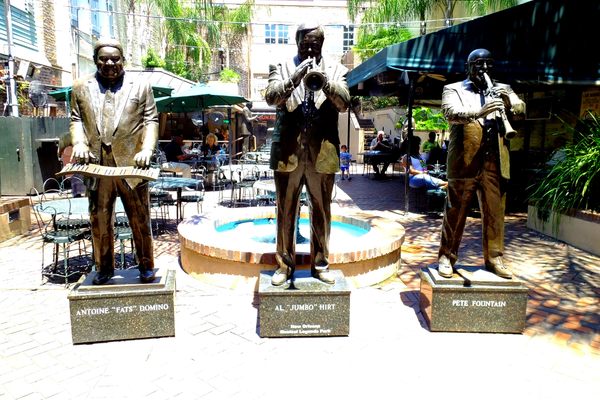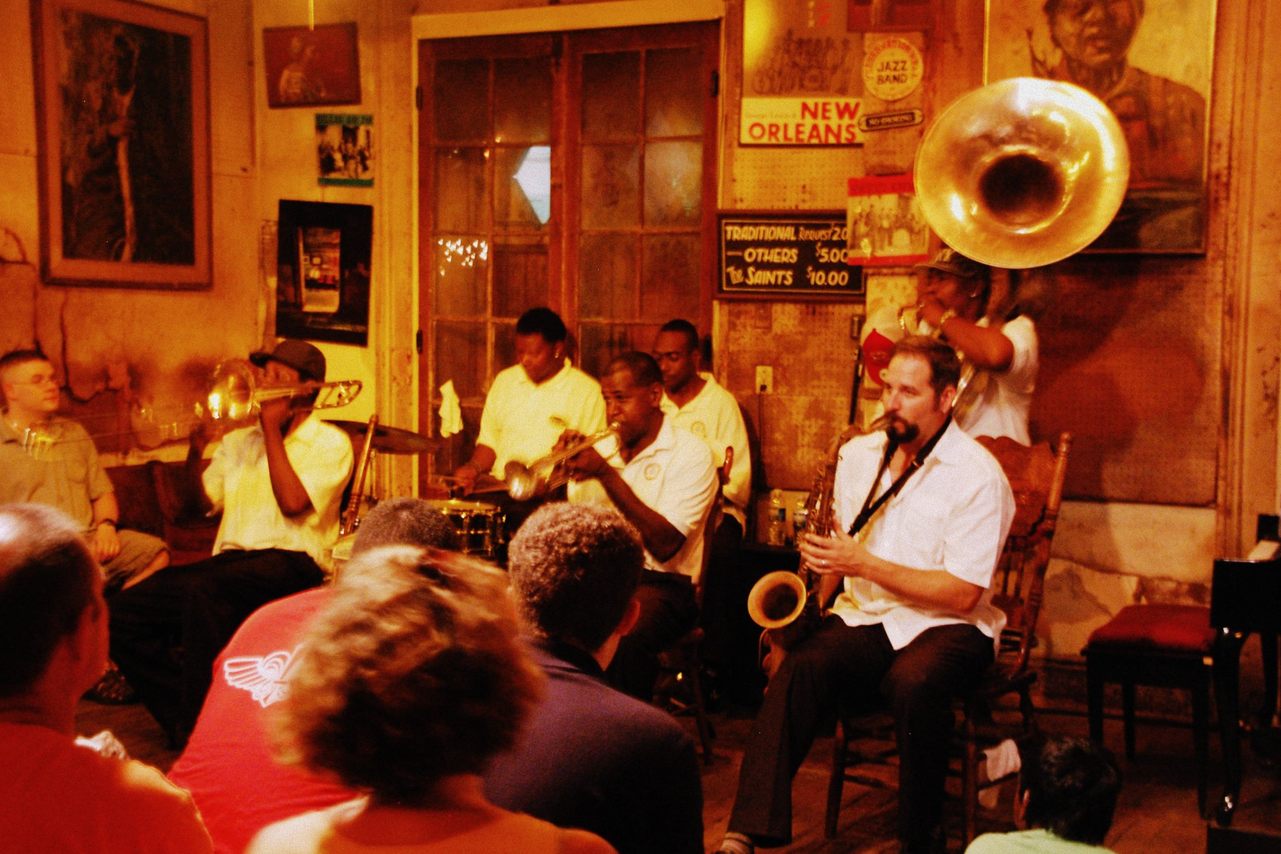
1. Preservation Hall
Although it’s hard to imagine an era when a live jazz show was a rarity in New Orleans, the rock ‘n’ roll craze sweeping the nation in the ‘50s and ‘60s threatened to drive jazz music into the annals of history. Larry Borenstein’s Associated Artists gallery became a haven for local jazz legends to “rehearse,” at his invitation, including George Lewis, Punch Miller, Sweet Emma Barrett, Billie and De De Pierce, The Humphrey Brothers, and dozens more.
Passing through New Orleans on the return from their honeymoon in Mexico City, Pennsylvania couple Allan and Sandra Jaffe stopped into one such rehearsal session that changed their lives. Before they knew it, they had moved to New Orleans and were responsible for the operations of what had since become Preservation Hall. This venue promoted the unique cultural mélange of New Orleans jazz, drawing influence from the local melting pot of African, Caribbean, and European musical traditions at the turn of the twentieth century, and continued its integrationist legacy as a rare space in the South where black and white patrons gathered to share music during the Jim Crow era.
Today, Preservation Hall is managed by the Jaffes’ son Ben, and is open nightly for 45-minute performances. Bring the whole family to this all-ages venue for an evening of unforgettable jazz, honoring this unique musical form in the very cauldron from which it emerged.
726 St Peter, New Orleans, LA 70116

2. New Orleans Jazz National Historical Park
Only in New Orleans can you visit a U.S. National Park devoted solely to jazz, complete with its very own “Jazz Rangers.” Created in 1994, this park offers a family-friendly French Quarter experience for visitors of all ages to learn about the history of this uniquely American music form in its birthplace.
Begin your visit in Armstrong Park, just north of the French Quarter, where the National Park Service leases four acres to house its collection of bronze statues depicting jazz legends Louis Armstrong and Mahalia Jackson, Mardi Gras Indian Chief Tootie Montana, a brass band, and jazz pioneer Buddy Bolden. Armstrong was born in New Orleans in 1901 in the neighboring Storyville neighborhood, where he got his first job playing trumpet at the age of seven.
Continue your visit by passing through Congo Square, a historic gathering place for enslaved peoples who assembled there on Sundays to sing, drum, dance, sell wares, and find community. If you’re passing through on a Sunday afternoon, you might be lucky enough to witness the revived drum circle tradition in Congo Square yourself.
Finally, be sure to stop by the Visitor’s Center, located at 419 Decatur Street in the French Quarter. There, you can partake in the free weekly concert series and learn more about the fascinating history of this pivotal music form, with its quintessential rhythm still singing in your ears.
419 Decatur St, New Orleans, LA 70130

3. Jazz Brunch at Antoine’s Restaurant
Naturally the city that invented jazz and brunch has a host of jazz brunch offerings to choose from. But jazz brunch at the oldest family-run restaurant in the United States? Now that’s something to toot one’s proverbial horn about.
Antoine’s Restaurant was opened by Antoine Alciatore in 1840 and has been serving its signature French-Creole cuisine out of its current French Quarter location on St. Louis Street since 1868. The restaurant boasts 15 dining rooms, several of which are named after Mardi Gras krewes, and a fleet of famous diners, including Franklin D. Roosevelt, Pope John Paul II, and Whoopi Goldberg, just to name a few!
Five generations of the Alciatore family have stewarded the restaurant to its current iteration, which still proudly serves dishes invented by Antoine’s son, Jules, including Oysters Rockefeller and Eggs Sardou. For those partaking in libations, bottomless mimosas or sparkling wine are on offer for $18, or if you’re feeling fiery, try the Café Brûlot Diabolique, Antoine’s original spiked chicory coffee, served “flamed tableside.”
While brunch is on offer Saturday and Sunday at Antoine’s, the Jerry Embree Trio performs exclusively on Sundays from 10:30 a.m.-2 p.m. Reservations are recommended, and dress code is “smart casual,” which means no cargo or athletic shorts, baseball hats, or flip-flops, and collared shirts are recommended for gentlemen.
713 St Louis St, New Orleans, LA 70130

4. Kermit's Tremé Mother-in-Law Lounge
Emblematic of the indomitable New Orleanian spirit, Kermit’s Tremé Mother-in-Law Lounge on the historically black Claiborne Avenue has undergone several rebirths to arrive at its current iteration. Originally opened in 1994 by renowned New Orleans R&B artist Ernie K-Doe, the venue is named after his chart-topping hit, “Mother-in-Law.” Following Ernie’s death in 2001, his widow Antoinette took over operations. When Hurricane Katrina submerged the entire building in floodwaters, Antoinette helmed its renovation, and the Mother-in-Law Lounge reopened its doors on the one-year anniversary of the storm, in August 2006.
New Orleans’ own Kermit Ruffins, jazz trumpeter, singer, and acclaimed chef, reopened the venue in 2014 after it sat shuttered for several years, and today, the bar is just as vibrant as ever. The exterior is painted in colorful murals depicting Ernie and Antoinette smiling down from R&B heaven, and the interior is choc-a-bloc full of local music memorabilia. Weekly programming features an Irving Mayfield set on Tuesday nights, Kermit himself on Saturdays at 8 p.m., and brass band second line music on Sunday evenings. Any night of the week, you’re likely to catch Kermit helming the grill out back, as he loves to show his visitors a generous New Orleans welcome, serving up free BBQ, fried chicken, red beans and rice, or boiled crawfish.
1500 N Claiborne Ave, New Orleans, LA 70116

5. Music Box Village
Invite your inner child—or even your actual child—to come play at the Music Box Village in the Bywater. This ongoing experiment in “musical architecture” was originally developed in 2011 and features the collective talents of over 80 artists and builders. The rusty corrugated metal exterior conceals a wonderland of an outdoor sonic sculpture garden, including 16 interactive “musical houses” that allow visitors to conduct their own audio experiments. When the chaotic symphony really gets going during public Open Hours at the Music Box, you might be witnessing a new form of music altogether.
In addition to Open Hours, the Music Box also hosts art markets, educational programming, public art workshops, and one-of-a-kind performances. Past hits have included Big Freedia, Wilco, Norah Jones, Tank and the Bangas, and even a bee opera! Be sure to check the event calendar when planning your visit.
4557 N Rampart St, New Orleans, LA 70117

6. Tipitina’s
Just three years before his sudden death in 1980, Henry Roeland Byrd (a.k.a. Professor Longhair or “Fess”) received one of the greatest honors a living musician can imagine: a venue created specifically for him to perform in. Best known for his signature song, “Mardi Gras in New Orleans,” an anthem of Carnival season in the Crescent City, Professor Longhair’s career spanned three decades and earned him a place as one of the most revered rhythm and blues musicians in the legacy of New Orleans music. Fusing rhumba rhythms with boogie-woogie, blues, and southern R&B, Fess was an inspiration to subsequent generations of New Orleans musicians, including Dr. John, the Neville Brothers, and Allen Toussaint.
Fess’ venue kept rocking after his passing, and is today the beloved Uptown institution known as Tipitina’s, named after one of Professor Longhair’s most famous songs. Its unusual logo is a remnant of the juice bar that was originally a feature of the venue. Tipitina’s hosts local musicians, national, and international touring acts, but you’ll want to find a sitter before setting out for a night on the town, as all shows are 18+.
501 Napoleon Ave, New Orleans, LA 70115

7. Musical Legends Park
When you’re looking for a seat in the shade (and maybe another beignet), sidle off the French Quarter’s Bourbon Street into Musical Legends Park. There, you’ll be greeted by life-size bronze statues of local musical legends Al Hirt, Pete Fountain, Fats Domino, Chris Owens, Ronnie Kole, Louis Prima, Allen Toussaint, and Irma Thomas.
Live jazz music is performed daily starting at 10 a.m., and Café Beignet at the far side of the park serves cold drinks and snacks. If you can spare a little change, all coins contributed to Pete’s Wishing Well Fountain in the center of the park are donated to local McDonogh Elementary School to provide band equipment. The park is open Thursday to Monday, and admission is always free.
311 Bourbon St, New Orleans, LA 70130
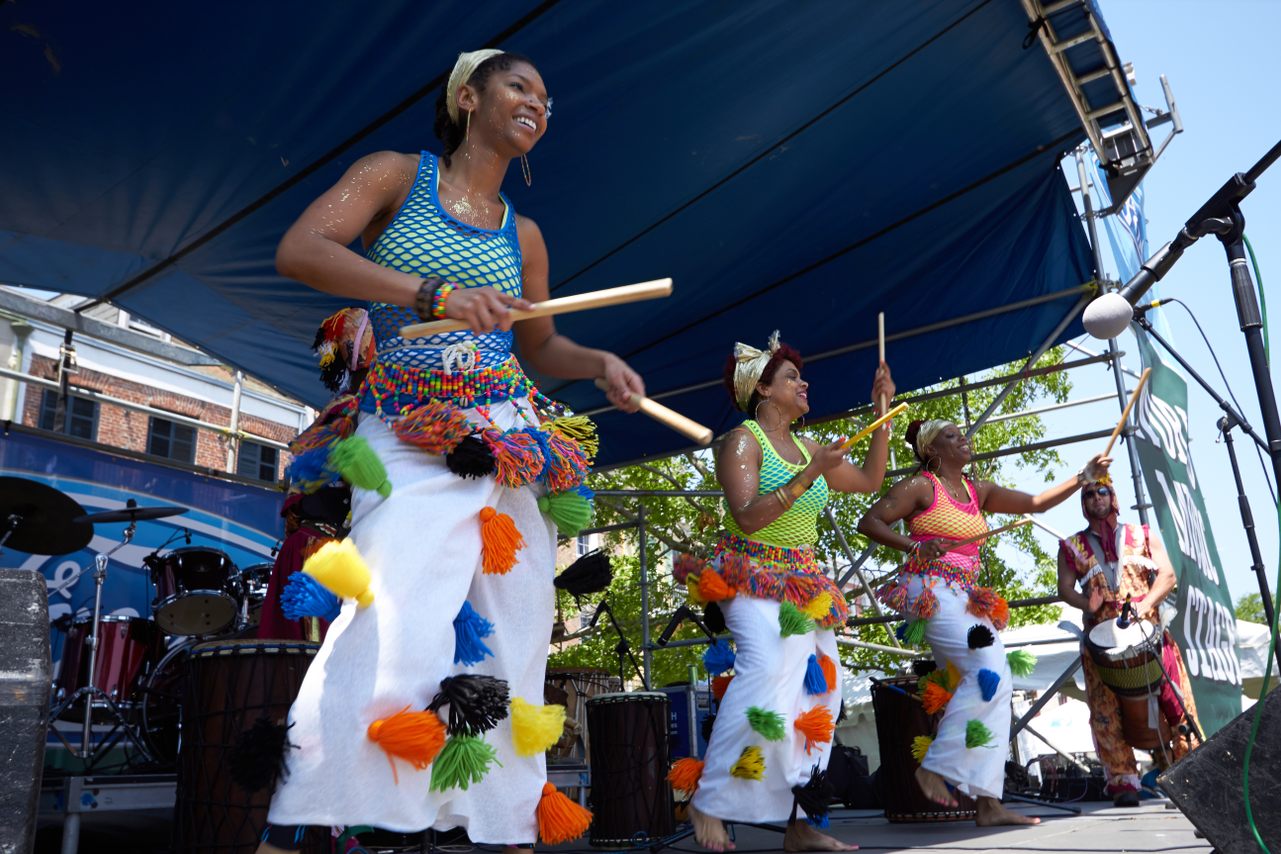
8. New Orleans Jazz Museum
Located at the intersection of the French Quarter and Frenchmen Street, sits the Old U.S. Mint. Its impressive, colonnaded brick exterior and expansive courtyard, enclosed behind wrought iron gates, previously housed the only Mint in the American South following the Civil War, then a federal prison during Prohibition, and now contains the national treasure that is the New Orleans Jazz Museum.
The museum began as a passion project for a group of local jazz enthusiasts, opening its doors at its first location in 1961. After an itinerant beginning, the collection found a permanent home at the Mint building in 1977, and now boasts over 25,000 museum artifacts.
What’s more, as a celebration of not only jazz’s history, but also its living legacy in New Orleans, the museum hosts over 365 concerts and 15 music festivals annually, including French Quarter Fest and Satchmo SummerFest. These performances and resources offer something for music lovers of all ages and nationalities in the city where jazz was born.
The museum is closed on Mondays, and children under six receive free admission. Be sure to check out the museum’s events calendar before you go, so you know whether you’re in store for a film screening, public lecture, concert at the state-of-the-art performance center, or jazz yoga class.
400 Esplanade Ave, New Orleans, LA 70116
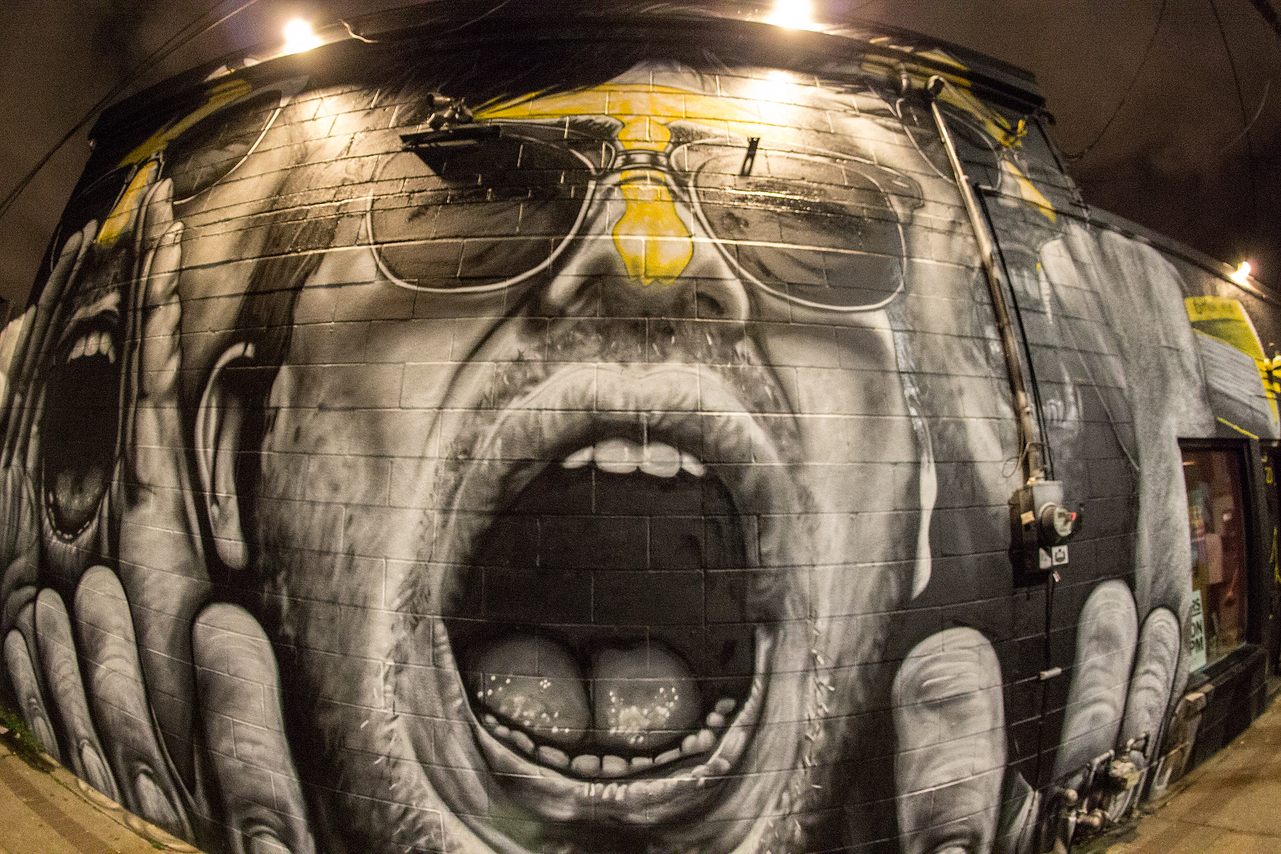
9. Gasa Gasa
Not even many locals know that Gasa Gasa, Uptown’s funky live music venue that emerged from the pandemic under new leadership, is Japanese slang for “doing too many things at once.” What the locals do know, however, is that Gasa Gasa is a beloved, intimate club off the beaten track with a steady stream of indie rock shows, art exhibits, and film screenings.
Originally developed as part of the post-Hurricane Katrina renaissance along the Freret Street corridor, Gasa Gasa is easy to spot with its signature murals. The venue’s colorful courtyard is almost the same size as its interior room, both featuring full-service bars and amplified sound, so patrons can take a break from the intensity of the dance floor to get some fresh air without missing a beat. Be advised, Gasa Gasa is only for the grown-ups, as there is a 21+ age limit for all shows.
4920 Freret St, New Orleans, LA 70115
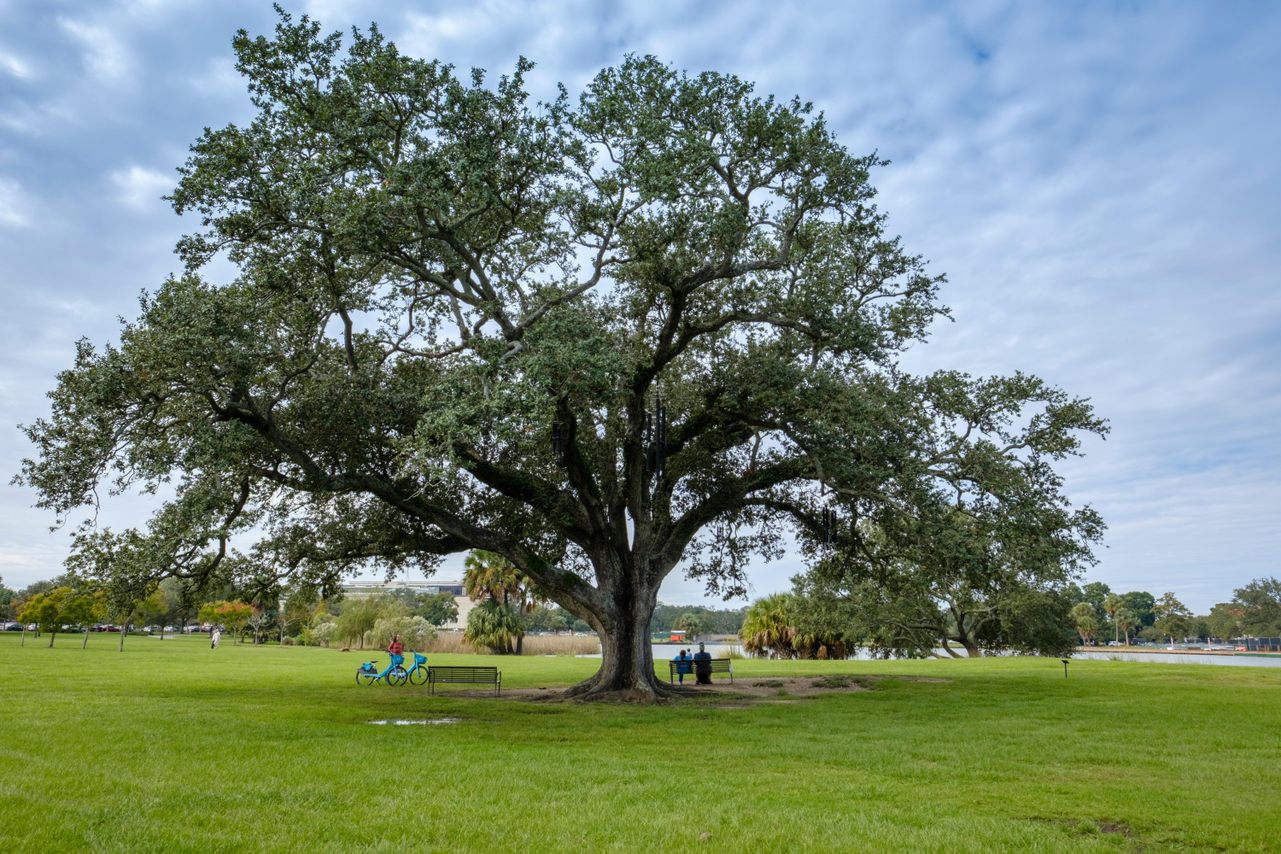
10. The Singing Oak
New Orleans’ City Park is home to the largest collection of mature live oak trees in the world, some of which are nearly 800 years old. But there’s only one “Singing Oak,” hiding in plain sight in the southeastern corner of the park. Also known as the “Chime Tree,” the branches of the Singing Oak house a collection of wind chimes painted black to blend in with the natural shadows of the tree’s branches. Designed by local artist Jim Hart, the chimes range in size from precious to enormous, one of them clocking in at 14 feet long.
A prime picnic spot, the Singing Oak delights visitors of all ages with its soothing music and ample shade, a perfect place to find respite from the New Orleans heat. The chimes are all tuned to the pentatonic scale, which is used in West African music, gospel hymns, and New Orleans jazz. Listen to the wind improvise a melody as you admire the lush greenery of City Park. City Park is open daily until 10 p.m., and admission is free. Be advised that the chimes are not up during all seasons.
1701 Wisner Blvd New Orleans, LA 70124
This post is sponsored by New Orleans & Company

Gastro Obscura’s 11 Essential Places to Eat and Drink in Bangkok
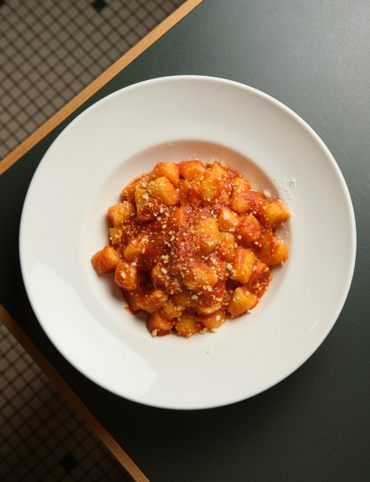
Gastro Obscura’s 10 Essential Places to Eat and Drink in Rome
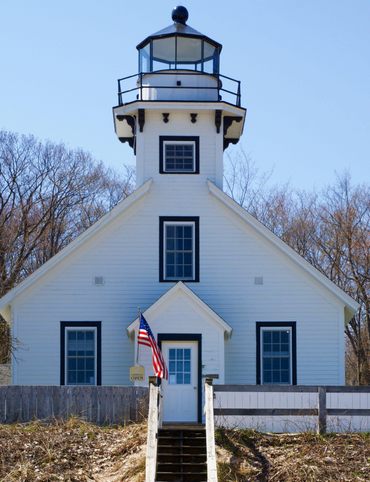
The Explorer’s Guide to Road Tripping Around the Great Lakes

10 National Parks That Are Perfect for a Road Trip

10 Out-of-This-World Places You Can Reach in Your Car
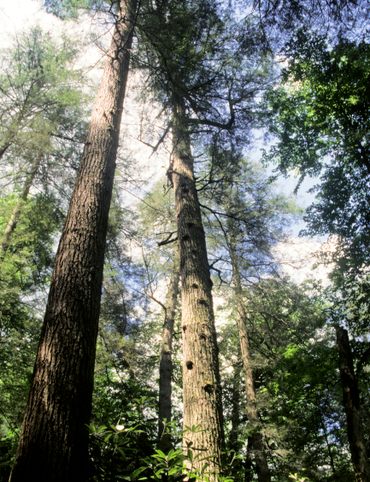
The Explorer’s Guide to Road Tripping Around Appalachia
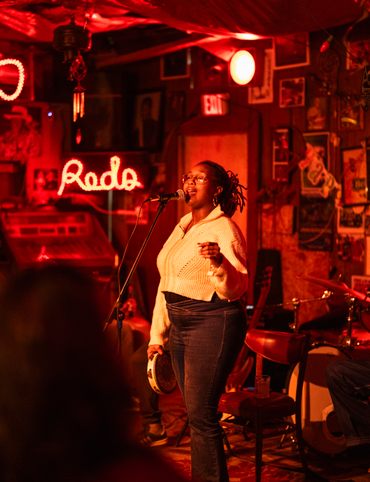
The Explorer’s Guide to Road Tripping Down Highway 61
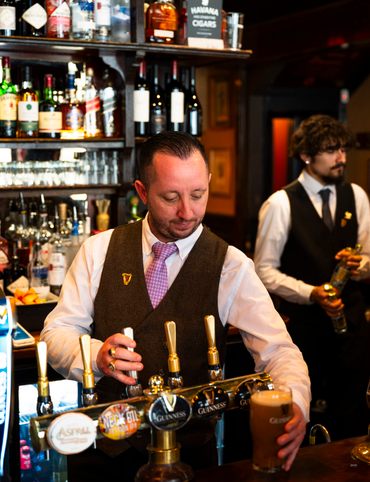
Gastro Obscura’s 10 Essential Stops on an Alternative London Pub Crawl

The Explorer’s Guide to Joshua Tree National Park
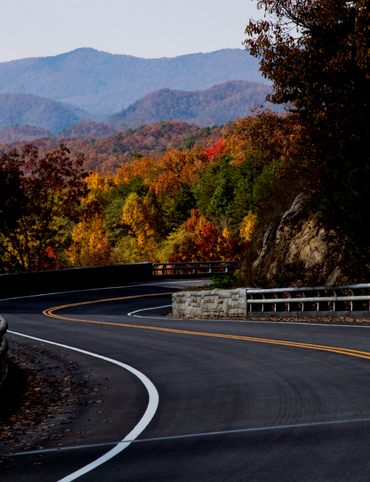
The Explorer’s Guide to the Great Smoky Mountains National Park
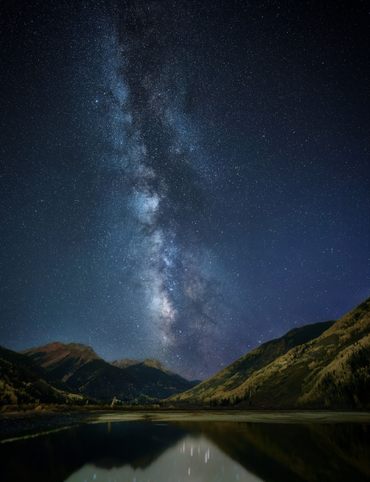
Cosmic Colorado: A Stargazer’s Guide to the Centennial State
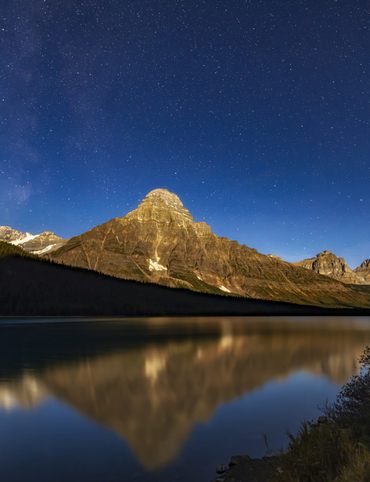
The Explorer’s Guide to Banff National Park

10 Wild Places That Define West Virginia’s Landscape
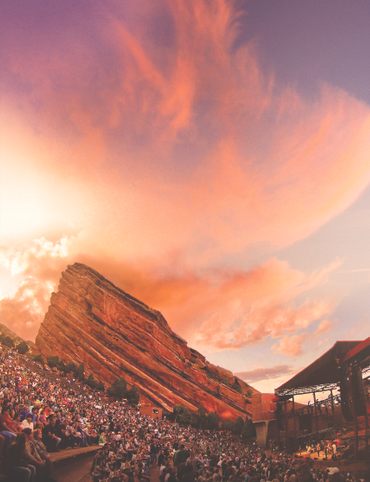
The Ultimate Guide to Hidden Red Rocks: 10 Secret Passageways, Artifacts, and Ghost Stories
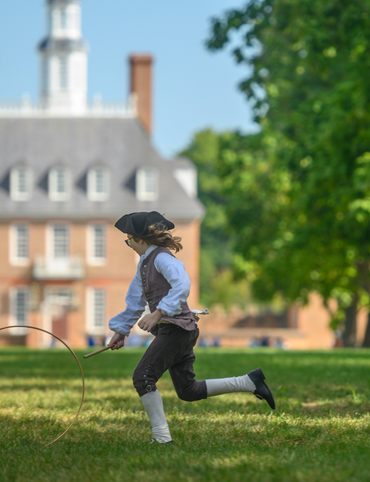
The Explorer’s Guide to Williamsburg, Virginia
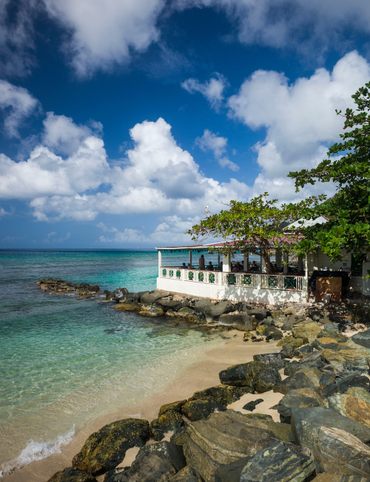
The Explorer’s Guide to the British Virgin Islands
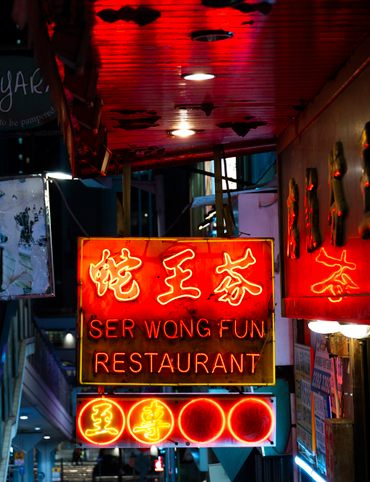
Gastro Obscura’s 10 Essential Places to Eat, Drink, and Shop in Hong Kong

A Denver Guide for National Park Lovers

Gastro Obscura’s 10 Essential Places to Eat and Drink in Oaxaca
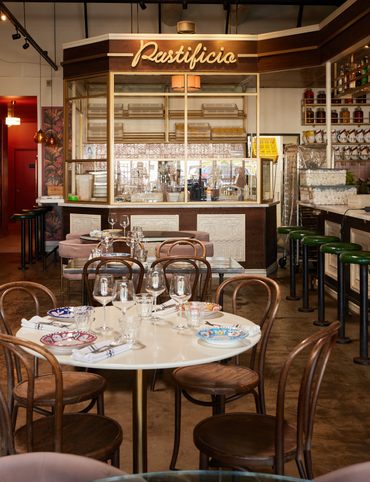
A Gastro Obscura Guide to Family-Friendly Dining in San Diego

The Explorer’s Guide to Outdoor Wonders In Maryland
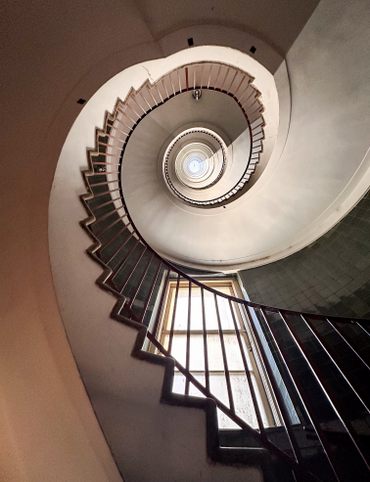
The Secret Lives of Cities: Ljubljana

From Cigar Boom to Culinary Gem: 10 Essential Spots in Ybor City
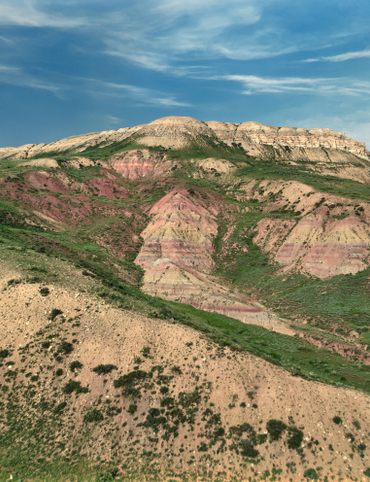
The Explorer’s Guide to Wyoming’s Captivating History

A Nature Lover’s Guide to Sarasota: 9 Wild & Tranquil Spots
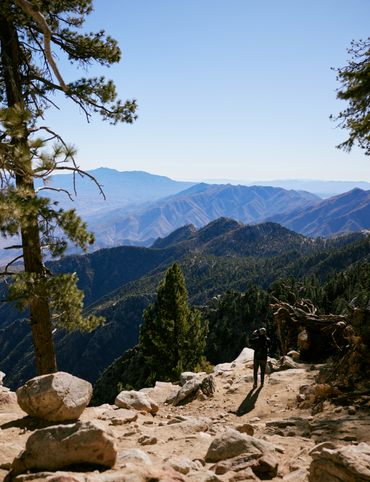
California’s Unbelievable Landscapes: A Guide to Nature’s Masterpieces

The Ultimate California Guide to Tide Pools and Coastal Marine Life

Explore California on Foot: Nature’s Year-Round Playground
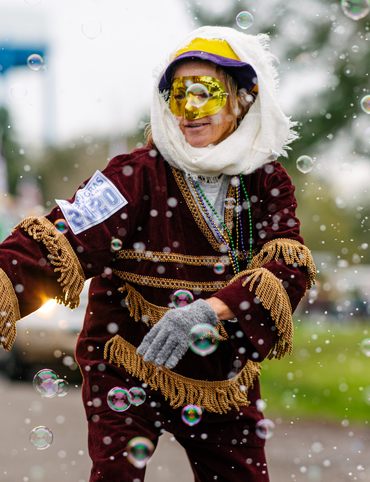
Mardi Gras 9 Ways: Parades, Cajun Music, And Courirs Across Louisiana

The Explorer’s Guide to Winter in Germany
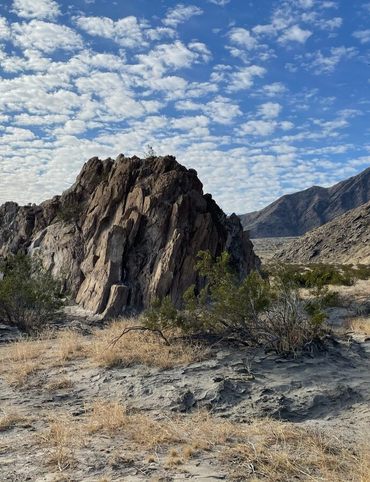
Ancient California: A Journey Through Time and Prehistoric Places

The Wildest West: Explore California’s Ghost Towns and Gold Fever Legacy
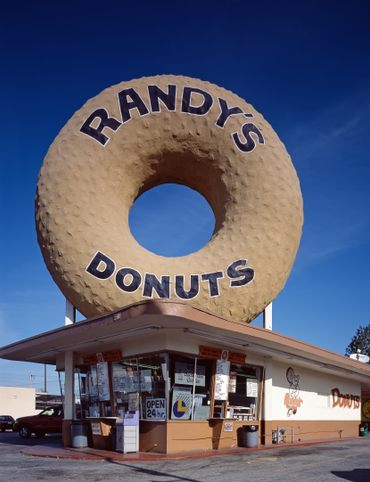
Sweet California: A Culinary Guide to Tasty Treats Across the State

Sea of Wonders: An Itinerary Through California’s Stunning Shoreline
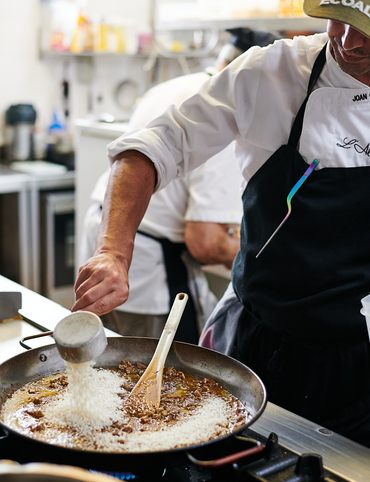
10 Places to Taste Catalonia’s Gastronomic Treasures

Atlas Obscura’s Guide to Palm Springs
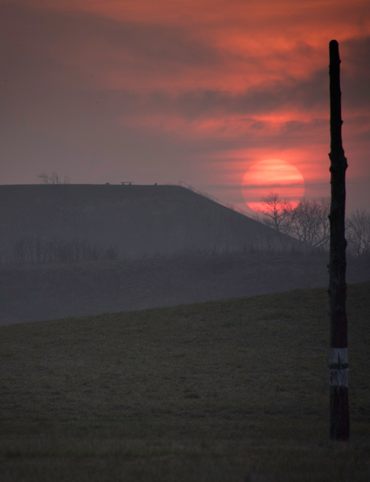
Atlas Obscura’s Guide to the 10 Most Mystifying Places in Illinois
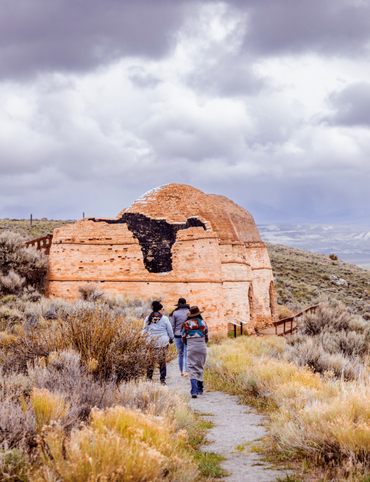
10 Fascinating Sites That Bring Idaho History to Life
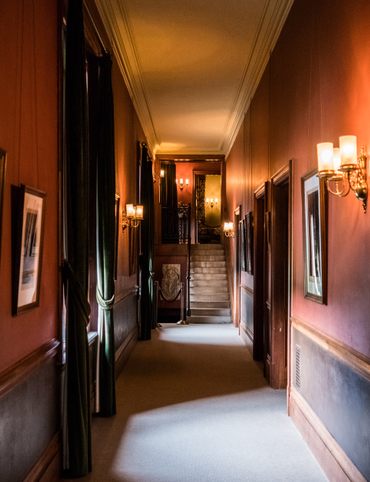
North Carolina's Paranormal Places, Scary Stories, & Local Haunts
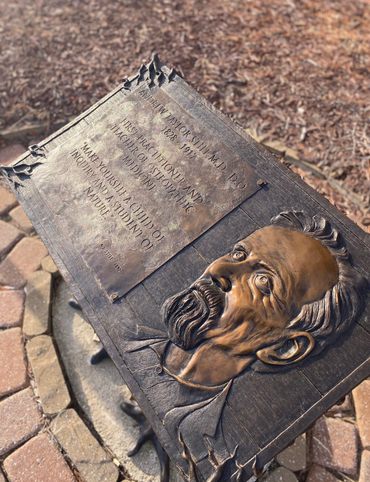
Exploring Missouri’s Legends: Unveiling the Stories Behind the State’s Iconic Figures
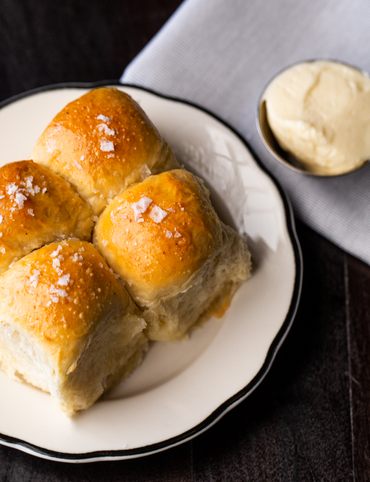
These Restaurants Are Dishing Out Alabama’s Most Distinctive Food
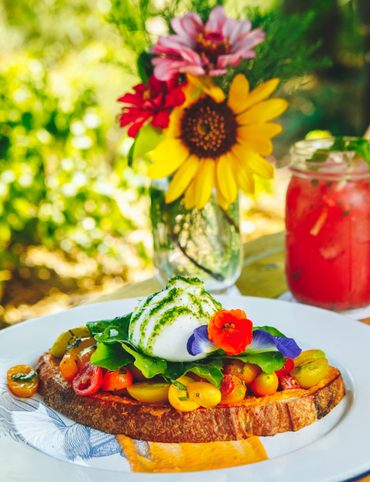
A Gastro Obscura Guide to Los Cabos
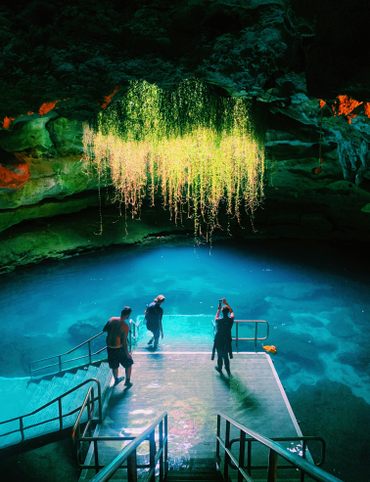
9 Watery Wonders on Florida’s Gulf Coast
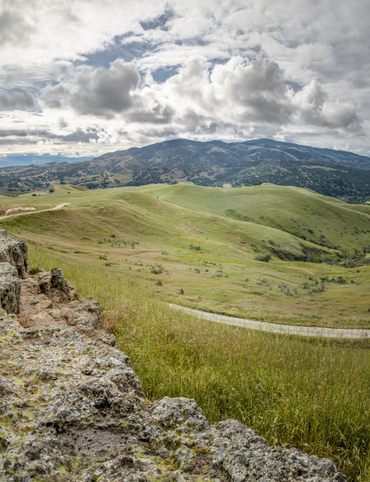
Discover the Surprising and Hidden History of Monterey County

Gastro Obscura’s Guide to Eating Your Way Through Charlotte
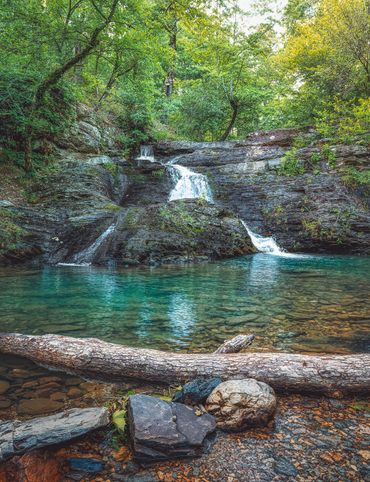
Talimena Scenic Byway: 6 Essential Stops for Your Arkansas Road Trip

9 Amazing Arkansas Adventures Along the Scenic 7 Byway
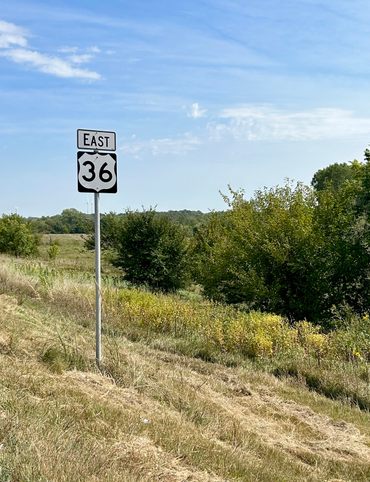
The Explorer's Guide to Highway 36: The Way of American Genius
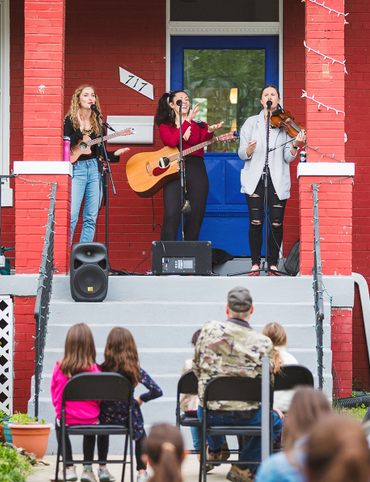
A Behind-the-Scenes Guide to DC’s Art and Music
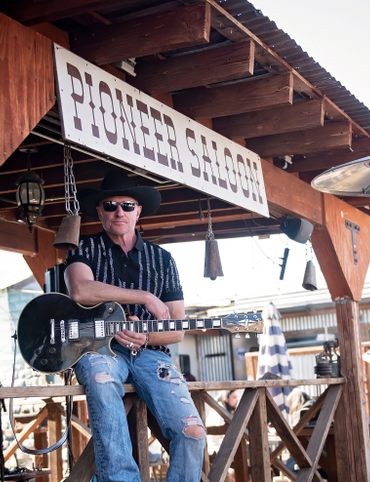
9 Places Near Las Vegas For a Different Kind of Tailgate
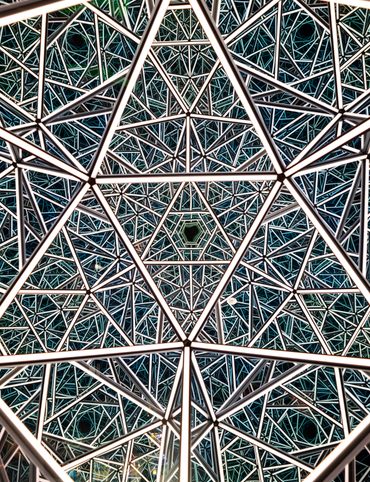
10 Places to See Amazing Art on Florida's Gulf Coast

8 Reasons Why You Should Visit the Bradenton Area
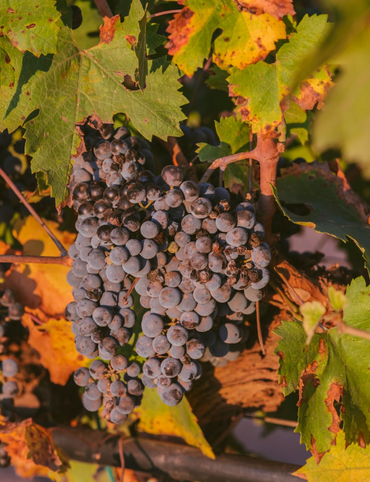
Gastro Obscura’s Guide to Sipping Wine in Catalonia
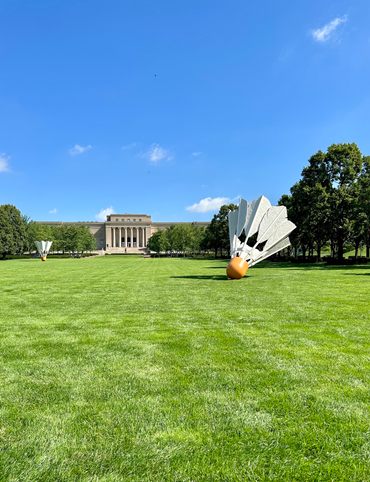
9 Hidden Wonders in the Heart of Kansas City

10 Unexpected Delights of Vermont's Arts and Culture Scene
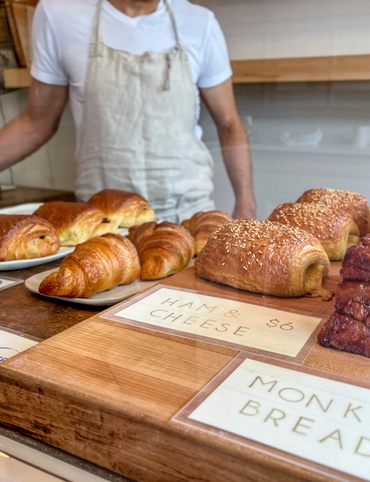
Gastro Obscura’s Guide to Eating Through Maine
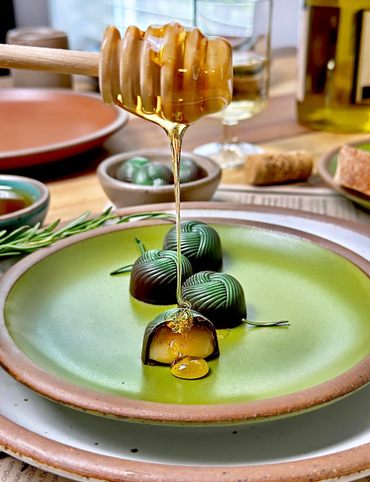
The Gastro Obscura Guide to Asheville Area Eats
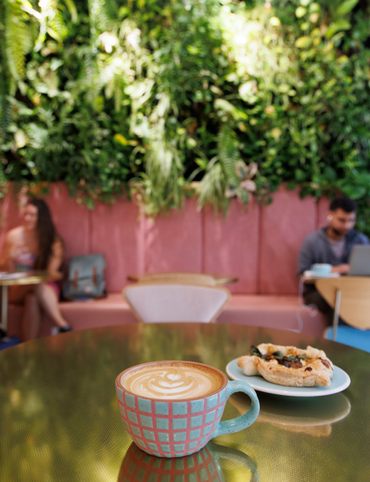
Gastro Obscura’s Guide to St. Pete/Clearwater

9 Hidden Wonders in Eastern Colorado

7 Places to Experience Big Wonder in Texas
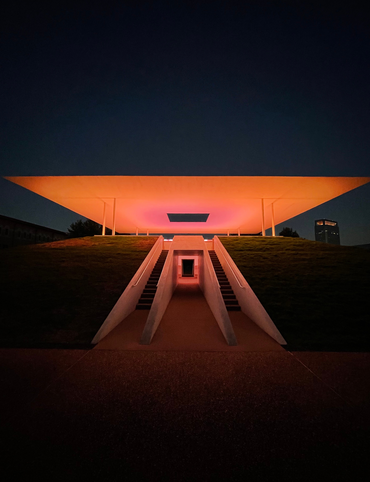
8 Out-There Art Destinations in Texas
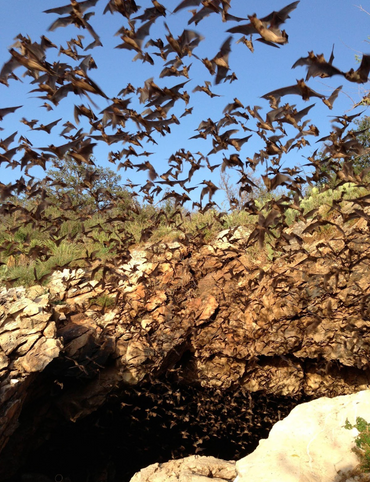
6 Ways To See Texas Below the Surface

9 Places to Dive Into Fresh Texas Waters
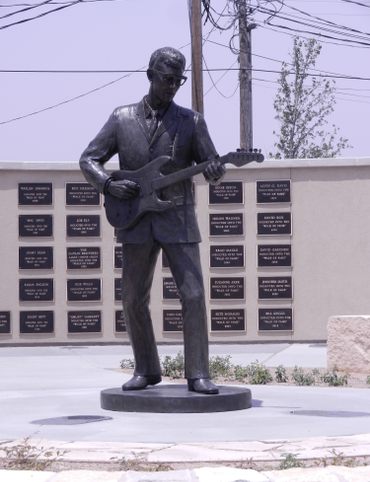
7 Ways to Explore Music (and History) in Texas
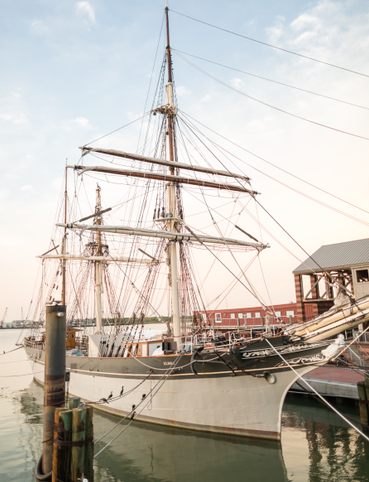
8 Ways to Discover Texas’ Rich History

The Explorer’s Guide to the Northern Territory, Australia
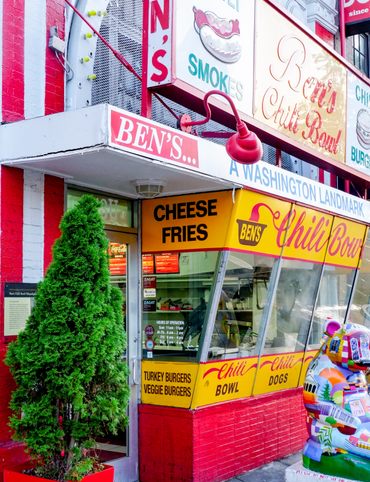
The Explorer's Guide to U Street Corridor

Gastro Obscura Guide to Southern Eats
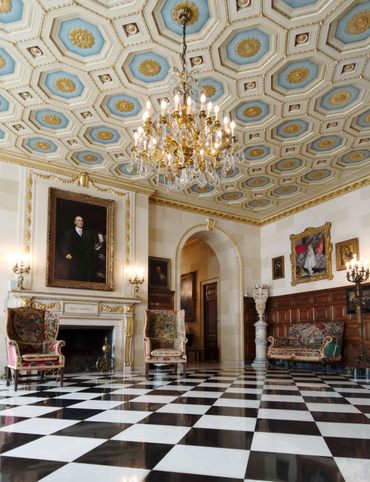
Only In Delaware

The Secret History & Hidden Wonders of Charlotte, North Carolina
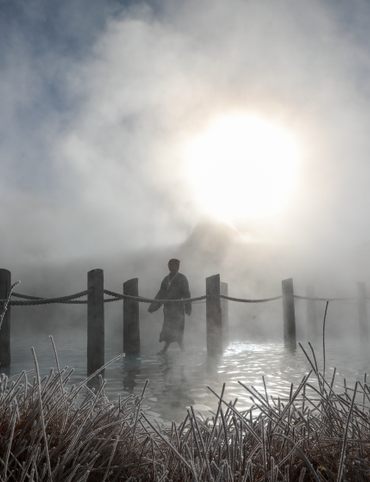
Exploring Colorado's Historic Hot Springs Loop
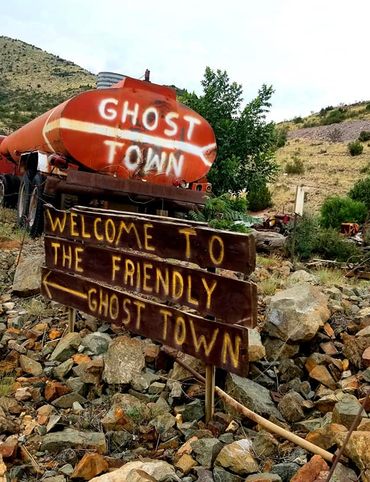
These 8 Arizona Ghost Towns Will Transport You to the Wild West
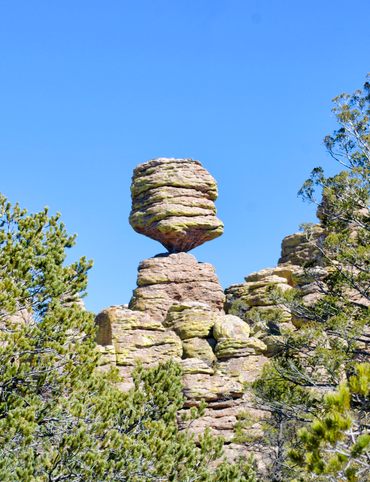
A Guide to Arizona’s Most Striking Natural Wonders
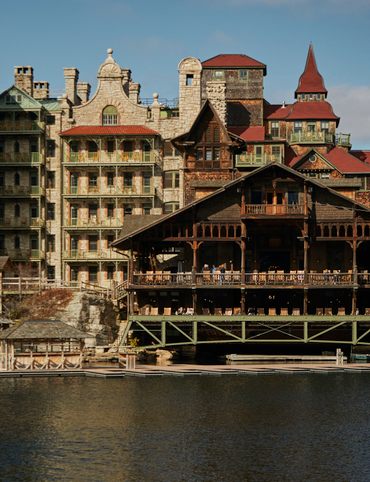
The Explorer's Guide to Hudson Valley, New York

Discover the Endless Beauty of the Pine Tree State

Travel to New Heights Around the Pine Tree State

8 Historical Must-Sees in Granbury, Texas
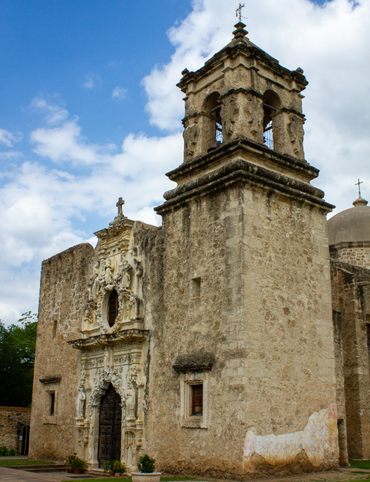
7 Creative Ways to Take in San Antonio’s Culture
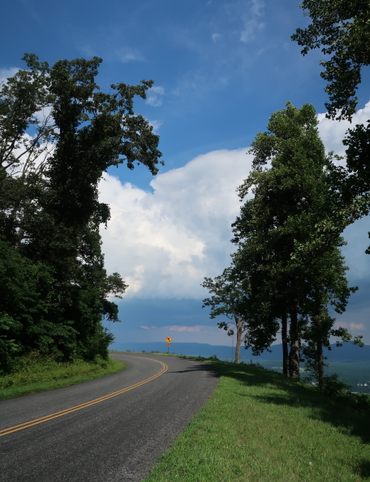
Eat Across the Blue Ridge Parkway
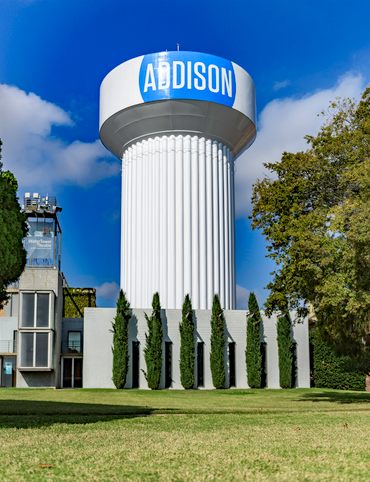
6 Ways to Absorb Addison, Texas’ Arts and Culture

6 Ways to Take in the History of Mesquite, Texas
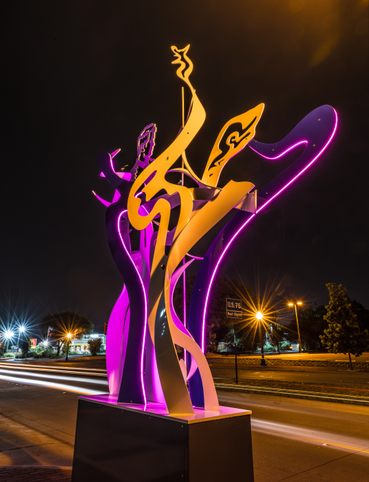
6 Ways to Soak Up Plano’s Art and Culture
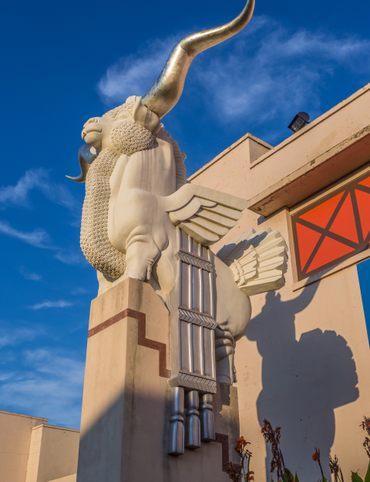
9 Dallas Spots for Unique Art and Culture
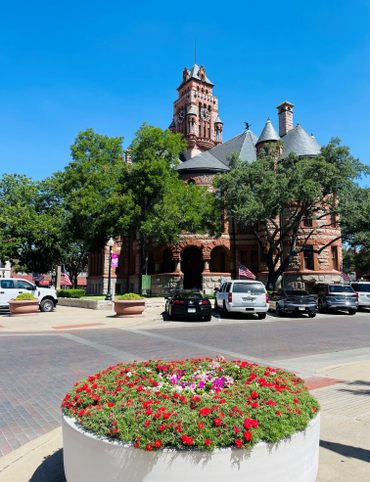
7 Sites of Small-Town History in Waxahachie, Texas
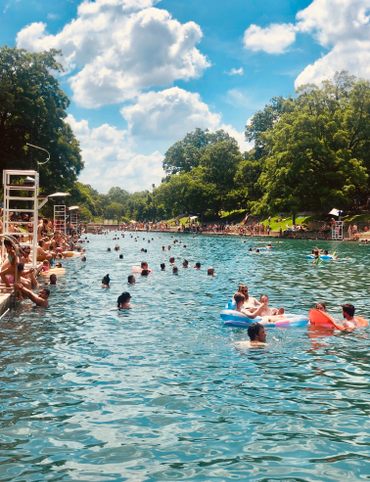
6 Natural Wonders to Discover in Austin, Texas

Discover the Secrets of Colorado’s Mountains and Valleys

A Road Trip Into Colorado’s Prehistoric Past
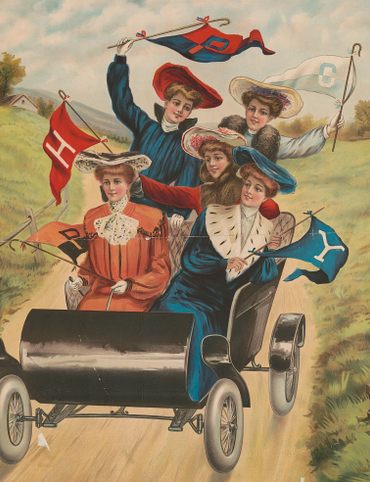
A Feminist Road Trip Across the U.S.
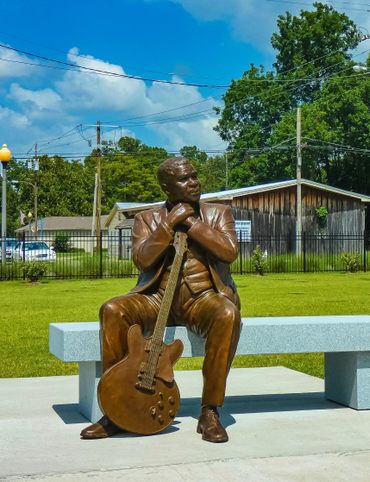
All Points South
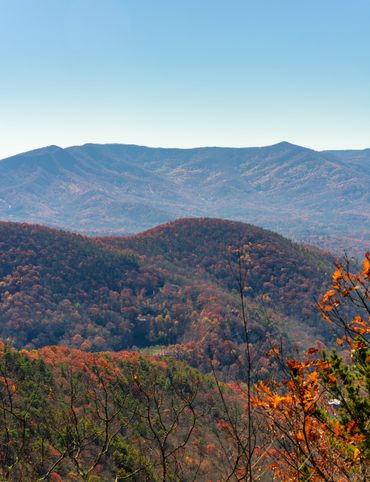
Asheville: Off the Beaten Path
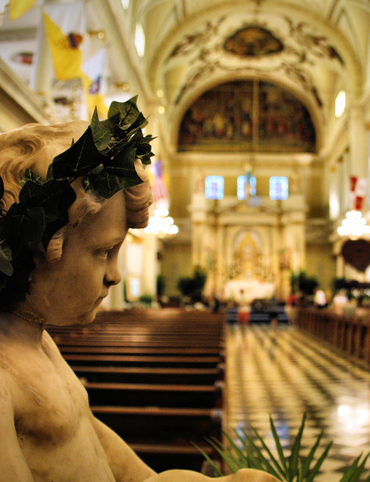
Restless Spirits of Louisiana
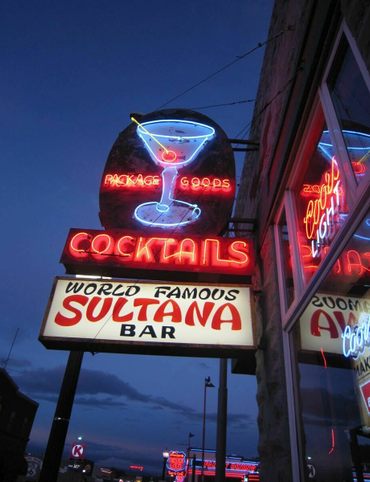
Eat Across Route 66
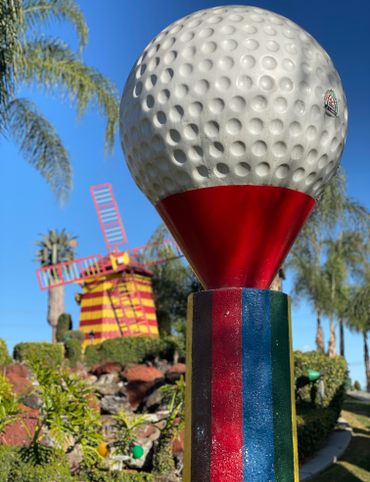
18 Mini Golf Courses You Should Go Out of Your Way to Play

4 Underwater Wonders of Florida
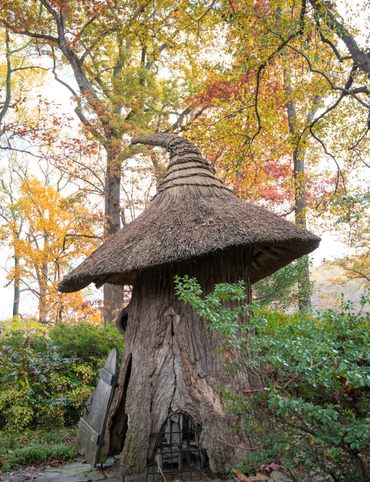
6 Spots Where the World Comes to Delaware

Study Guide: Road Trip from Knoxville to Nashville
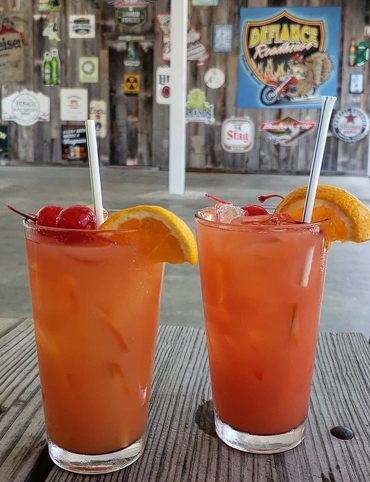
6 Wondrous Places to Get Tipsy in Missouri
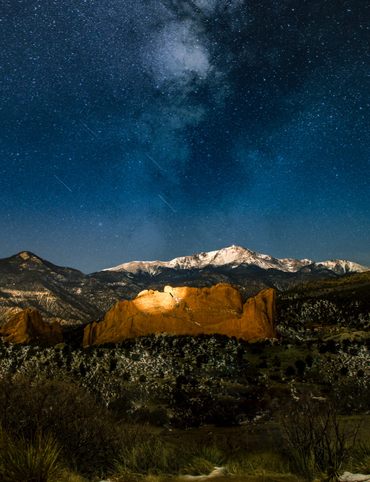
Rogue Routes: The Road to Pikes Peak

Rogue Routes: The Road to Carhenge

4 Pop-Culture Marvels in Iowa

7 Stone Spectacles in Georgia

6 Stone-Cold Stunners in Idaho
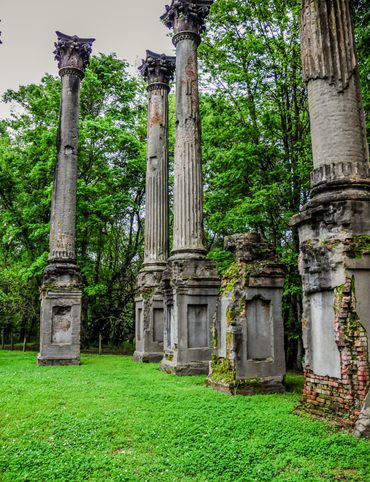
8 Historic Spots to Stop Along Mississippi's Most Famous River
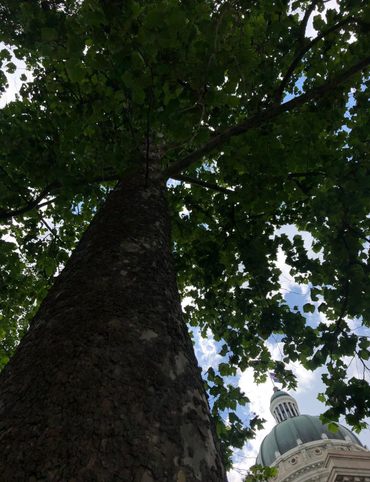
5 Incredible Trees You Can Find Only in Indiana
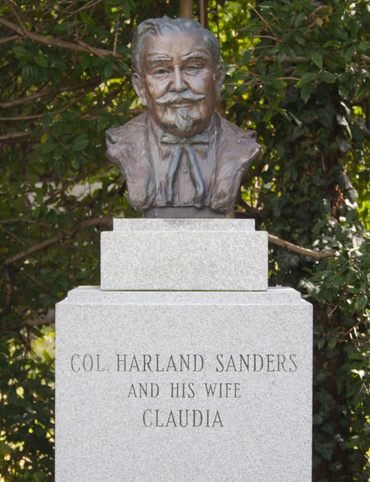
5 Famous and Delightfully Obscure Folks Buried in Kentucky

4 Wacky Wooden Buildings in Wyoming
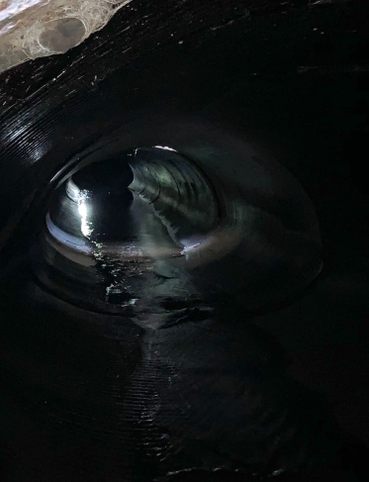
7 Spots to Explore New Jersey’s Horrors, Hauntings, and Hoaxes
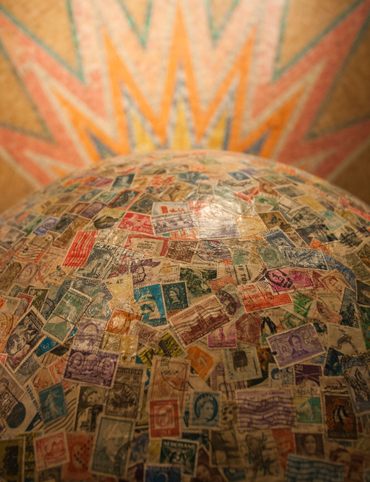
4 Out-There Exhibits Found Only in Nebraska

6 Sweet and Savory Snacks Concocted in Utah
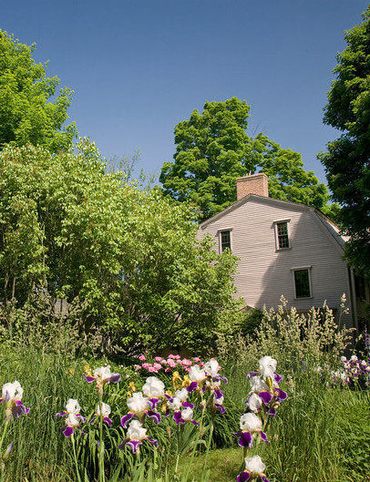
12 Places in Massachusetts Where Literature Comes to Life
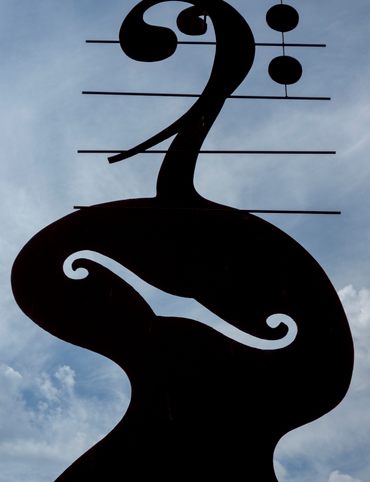
8 Places to Get Musical in Minnesota
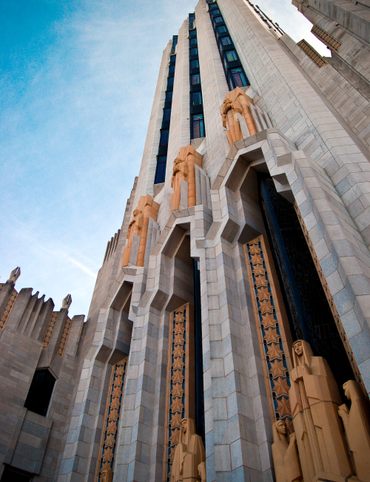
8 Buildings That Prove Oklahoma's an Eclectic Art Paradise

9 Stunning Scientific Sites in Illinois
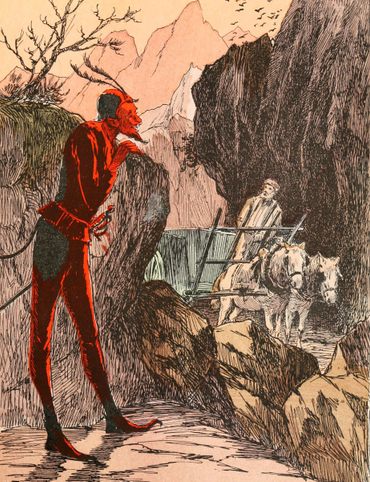
5 Strange and Satanic Spots in New Hampshire
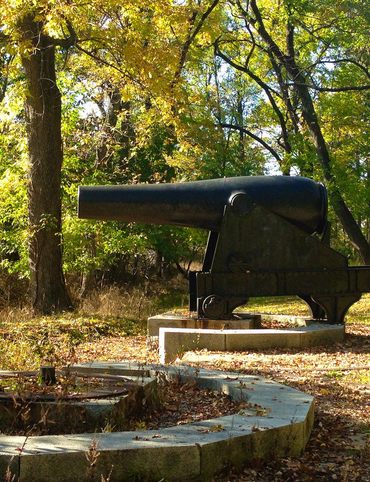
8 Historic Military Relics in Maryland
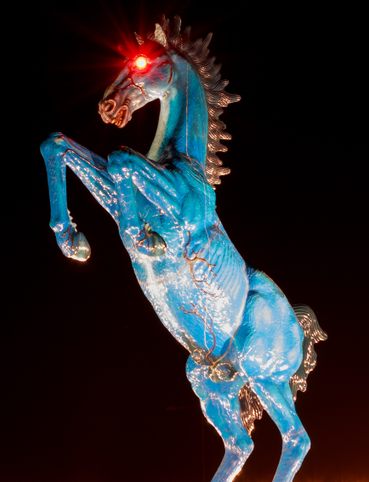
5 of Colorado's Least-Natural Wonders

Rogue Routes: The Road to Sky’s the Limit

6 Hallowed Grounds in South Carolina

9 Rocking Places in Vermont

Knoxville Study Guide
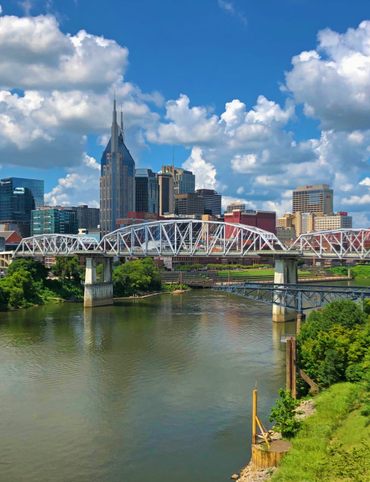
Nashville Study Guide
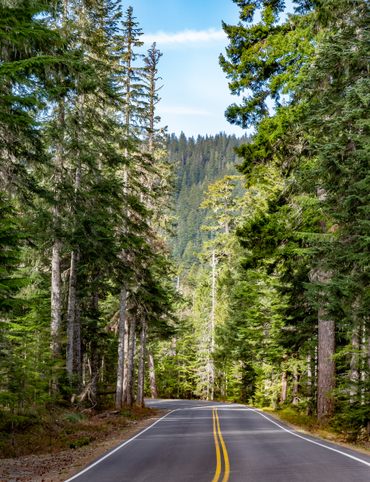
Rogue Routes: The Road to Camp Colton
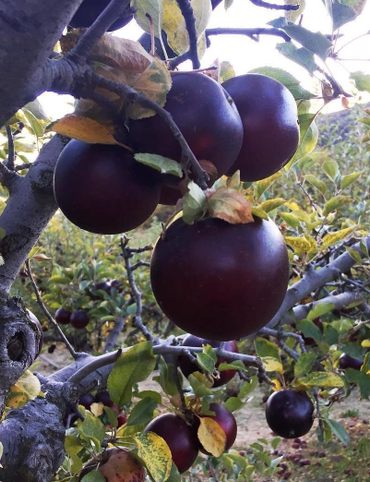
Black Apples and 6 Other Southern Specialties Thriving in Arkansas
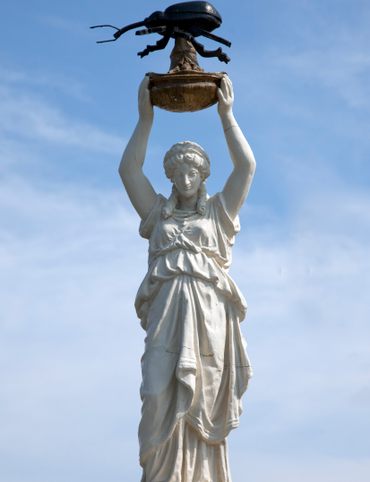
4 Monuments to Alabama’s Beloved Animals
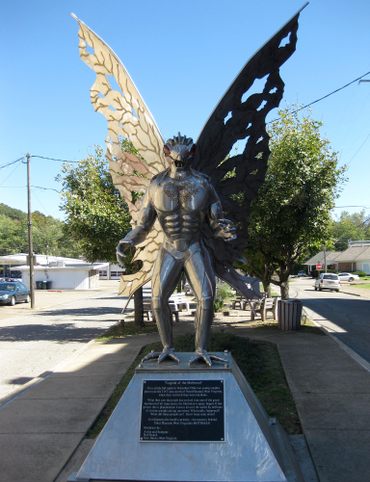
The Dark History of West Virginia in 9 Sites
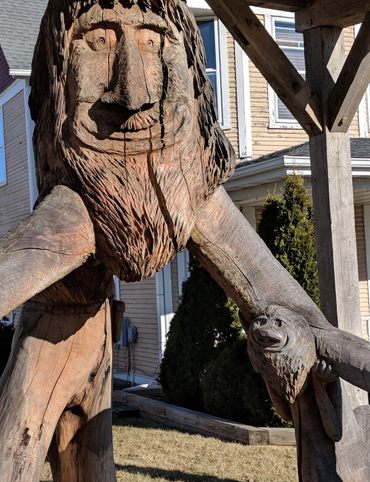
11 Zany Collections That Prove Wisconsin's Quirkiness
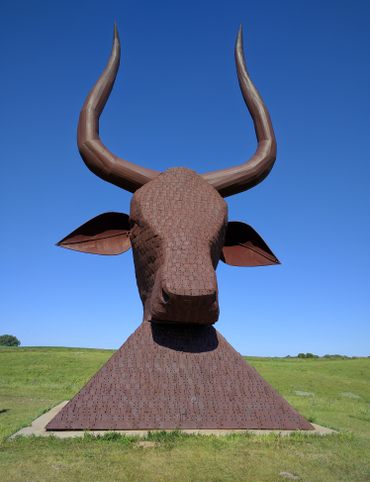
7 Inexplicably Huge Animals in South Dakota
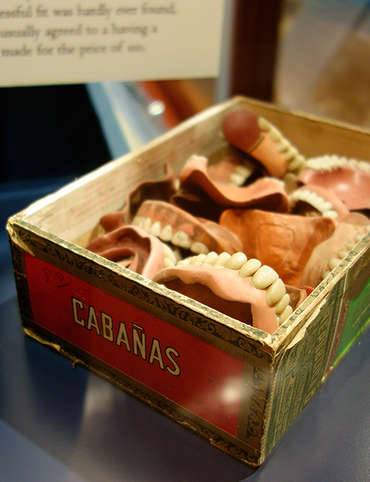
6 Fascinating Medical Marvels in Pennsylvania
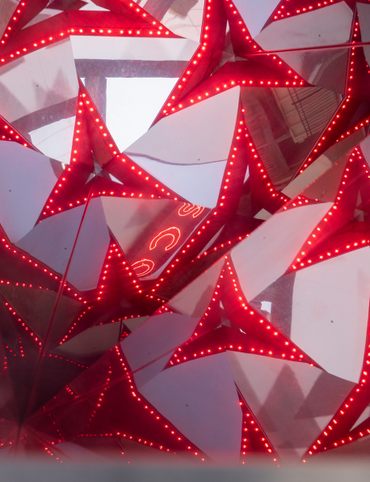
8 Places in Virginia That Aren’t What They Seem
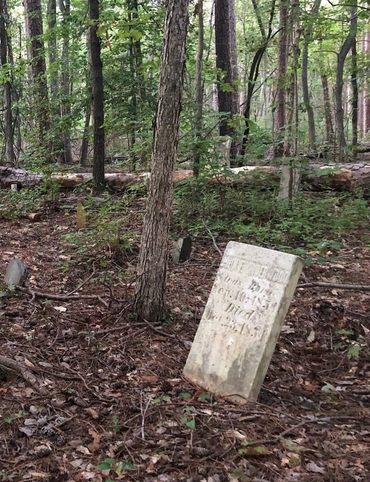
7 Cool, Creepy, and Unusual Graves Found in North Carolina

7 of Montana's Spellbinding Stone Structures
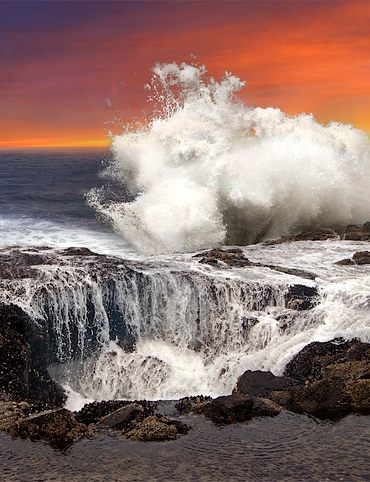
9 of Oregon’s Most Fascinating Holes and Hollows
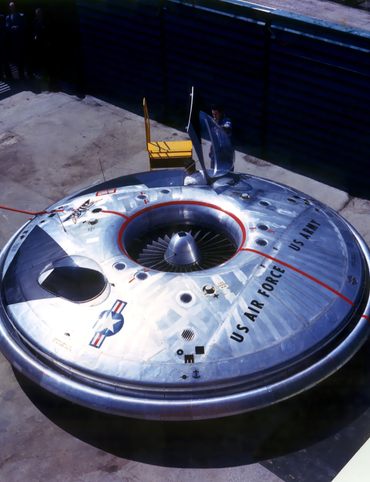
Take to the Skies With These 9 Gravity-Defying Sites in Ohio
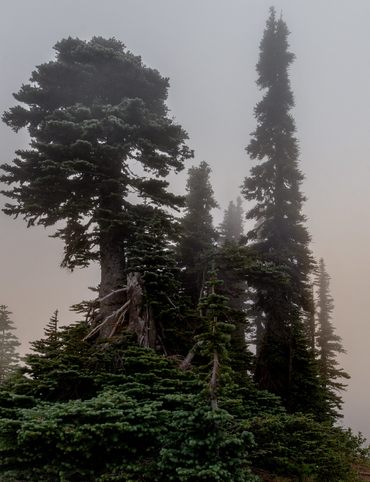
9 Strange and Surreal Spots in Washington State
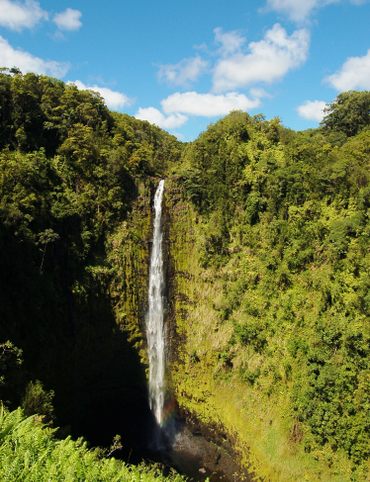
8 Watery Wonders in Hawaiʻi, Without Setting Foot in the Ocean
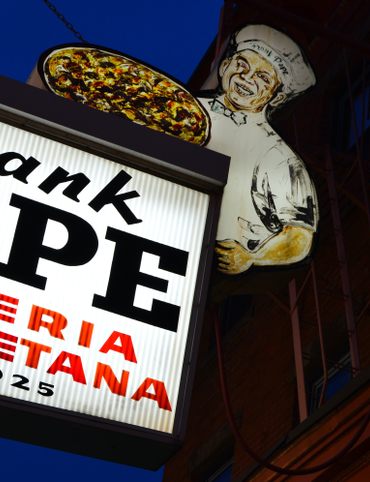
6 Unusual Eats Curiously Cooked Up in Connecticut

11 Close Encounters With Aliens and Explosions in New Mexico
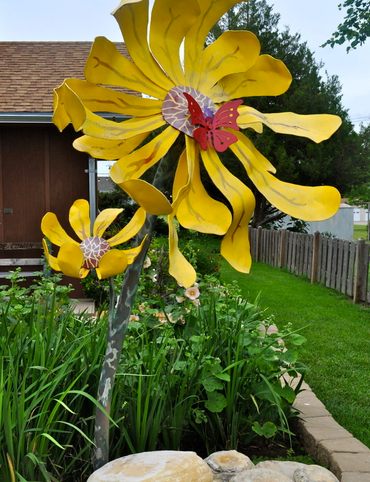
10 Places to Trip Way Out in Kansas
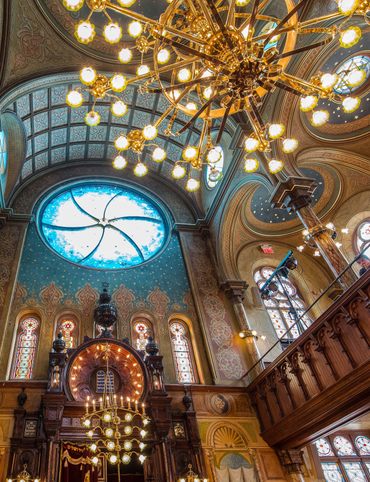
The Resilience of New York in 10 Remarkable Sites

7 Very Tall Things in Very Flat North Dakota
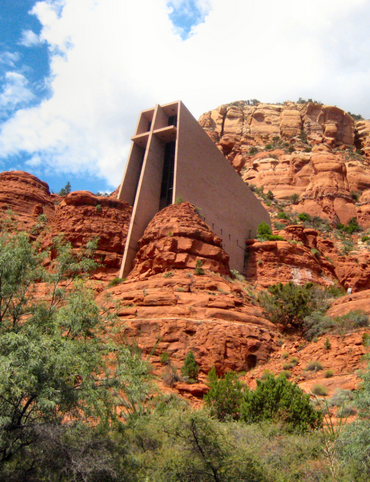
8 Blissfully Shady Spots to Escape the Arizona Sun
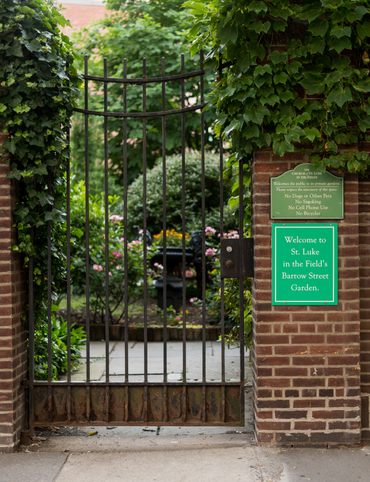
On the Run: NYC
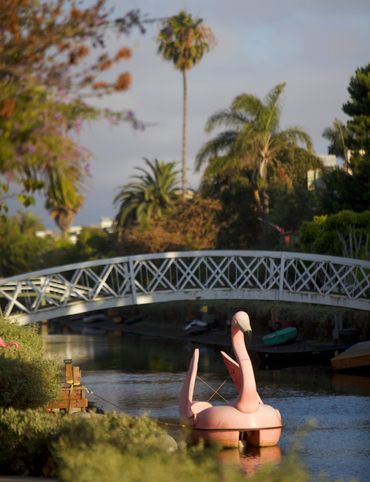
On the Run: Los Angeles

9 Surprisingly Ancient Marvels in Modern California
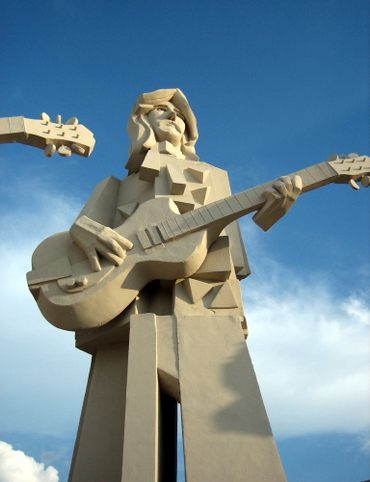
10 Art Installations That Prove Everything's Bigger in Texas
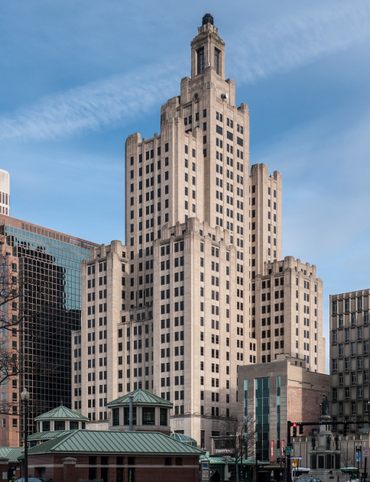
6 Huge Things in Tiny Rhode Island
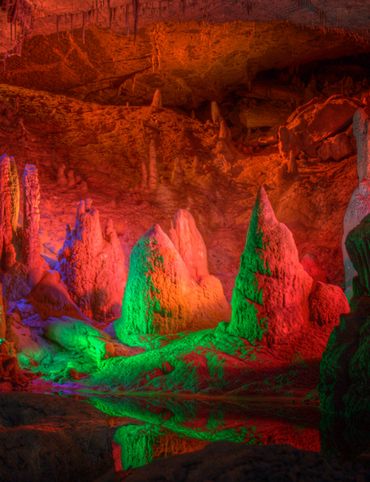
7 Underground Thrills Only Found in Tennessee

Sink Into 7 of Louisiana's Swampiest Secrets

7 Mechanical Marvels in Michigan

11 Wholesome Spots in Nevada
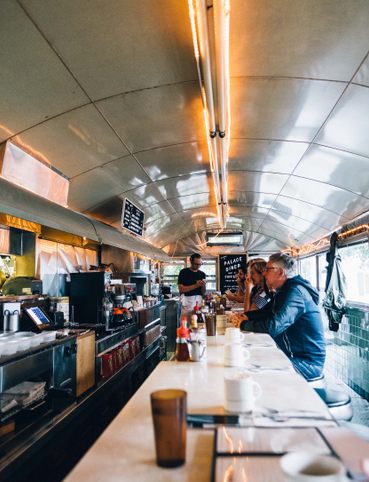
7 Places to Glimpse Maine's Rich Railroad History
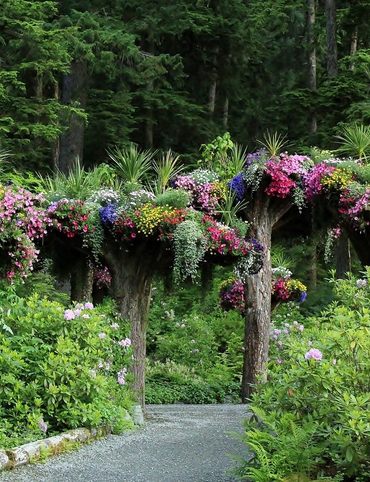
11 Places Where Alaska Bursts Into Color
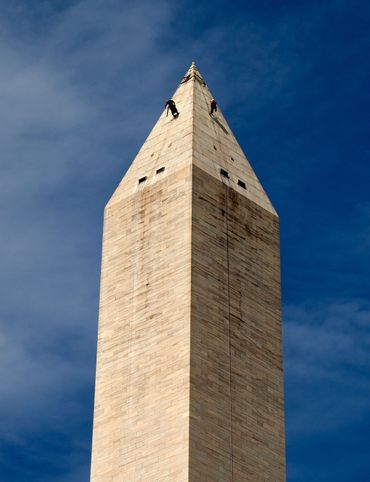
9 Places in D.C. That You're Probably Never Allowed to Go
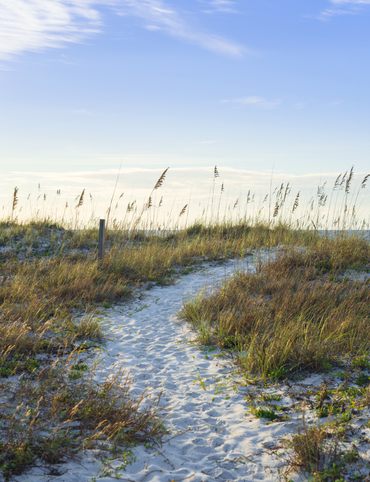
2 Perfect Days in Pensacola
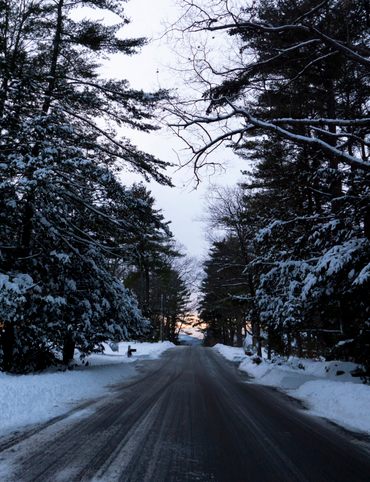
Rogue Routes: The Road to the Ice Castles

Taste of Tucson

North Iceland’s Untamed Coast

Hidden Edinburgh
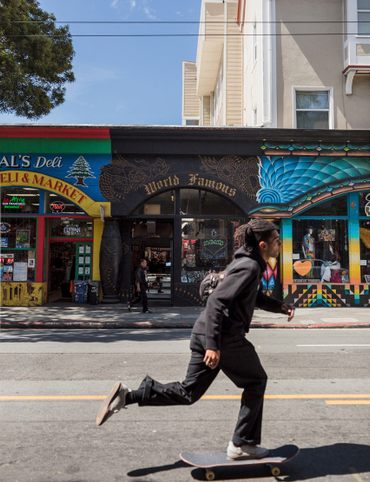
Hidden Haight-Ashbury
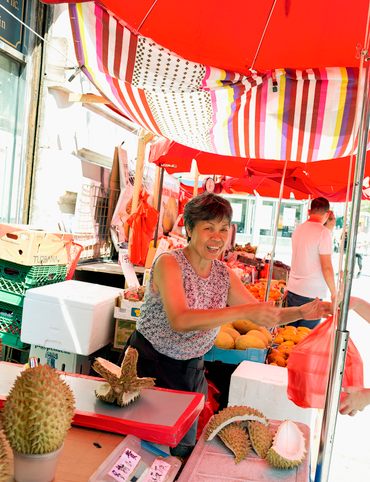
The Many Flavors of NYC’s Five Boroughs
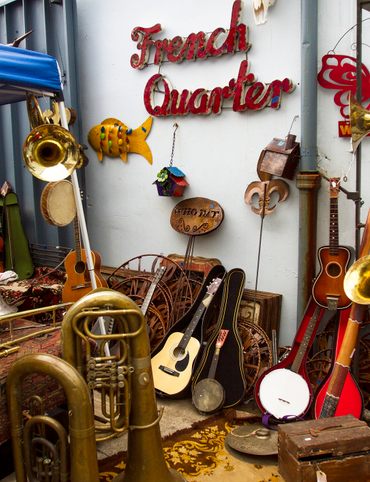
Hidden French Quarter
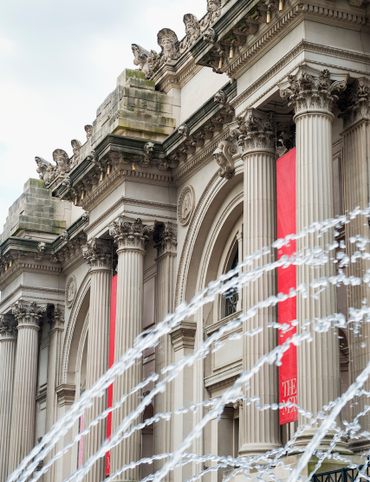
The Metropolitan Museum of Art
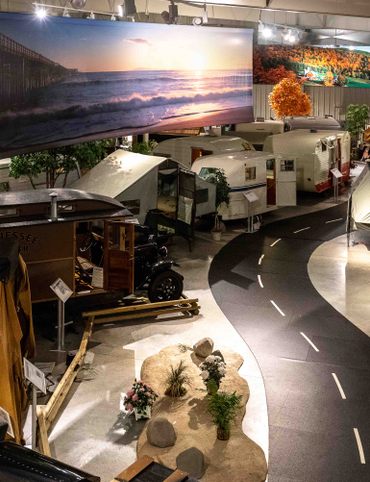
Motown to Music City Road Trip

Gulf Coast Road Trip

Hidden Coachella Valley
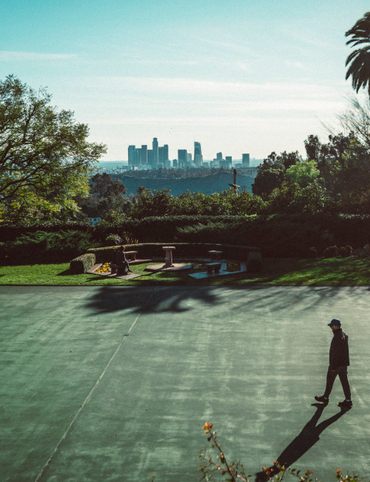
Highland Park

Venice
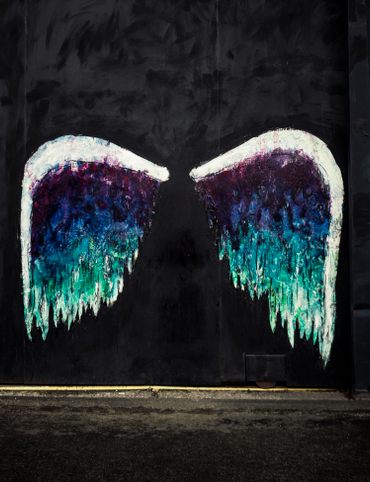
L.A.’s Downtown Arts District
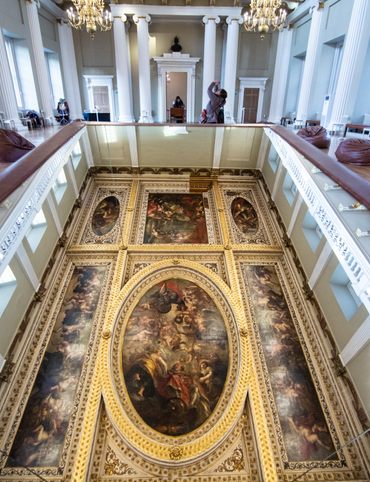
Hidden Trafalgar Square

Secrets of NYC’s Five Boroughs
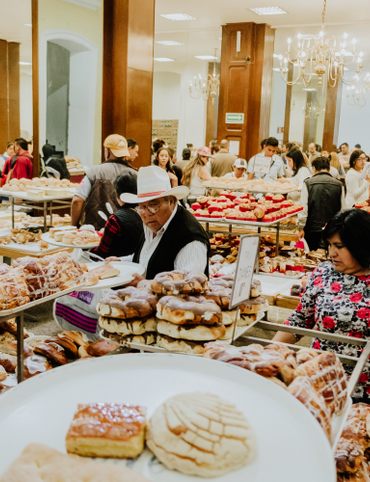
Mexico City's Centro Histórico

Hidden Hollywood
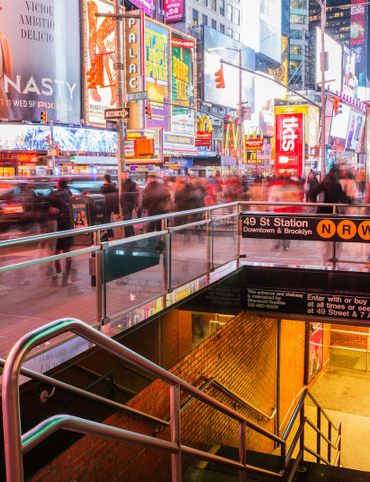
Hidden Times Square

Summer Radio Road-Trip
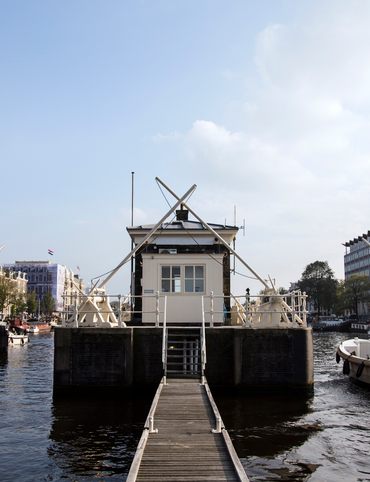
Amsterdam
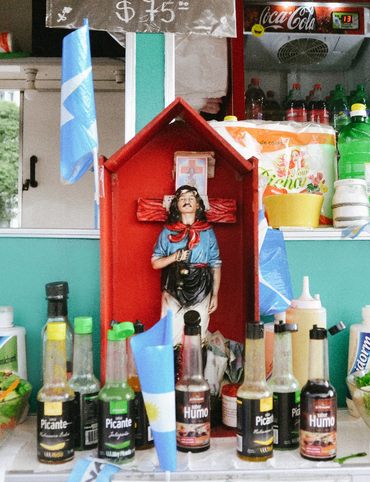
Buenos Aires
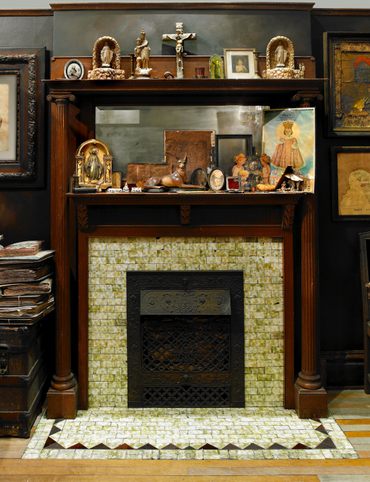
Chicago
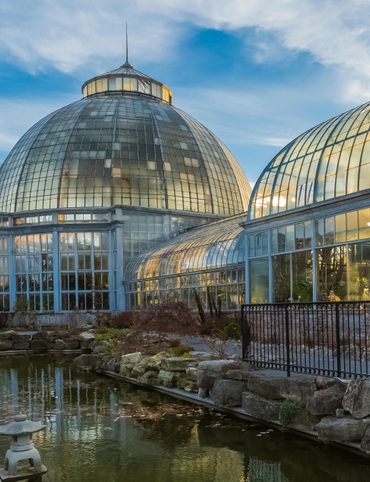
Detroit
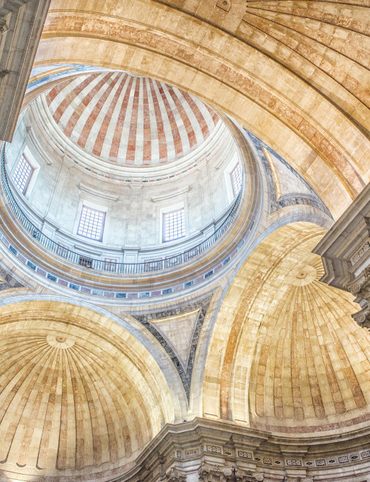
Lisbon
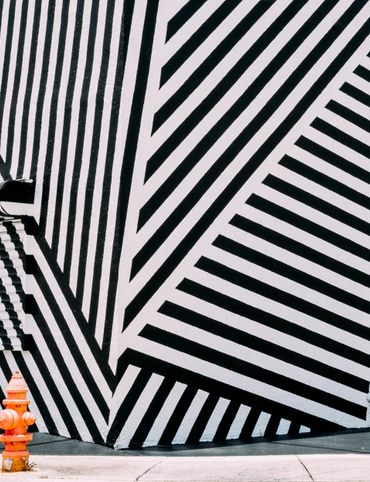
Miami
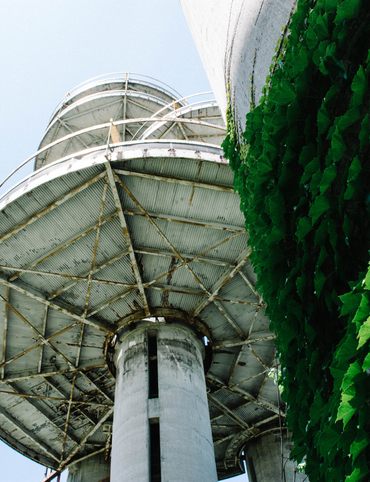
Queens

San Diego
